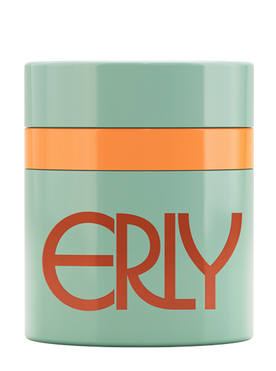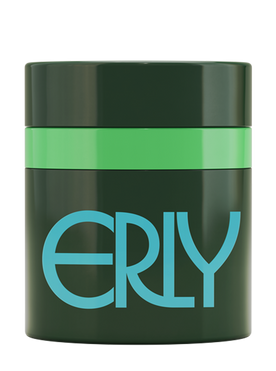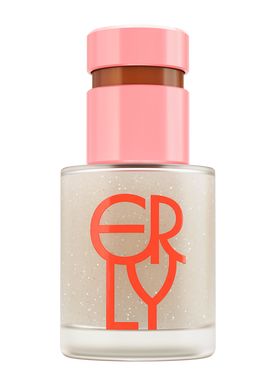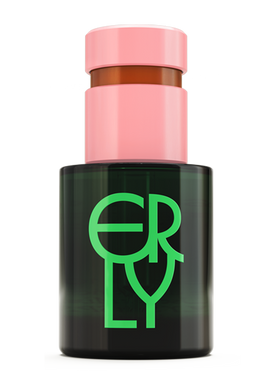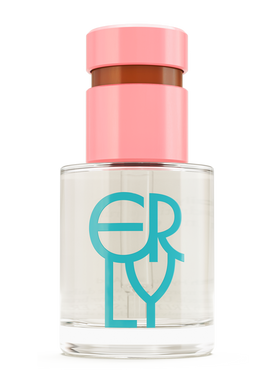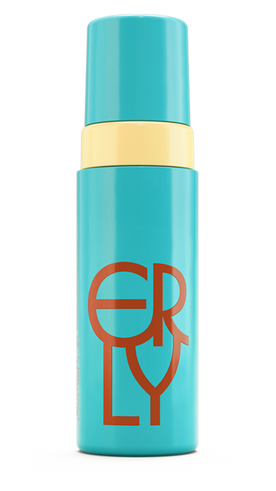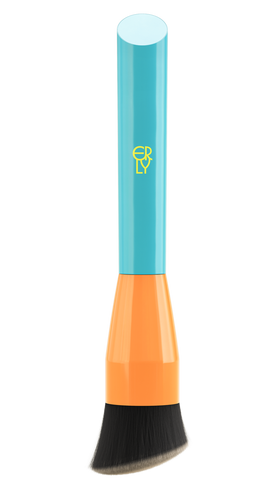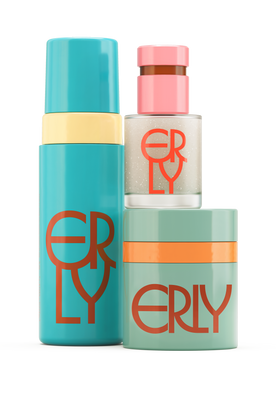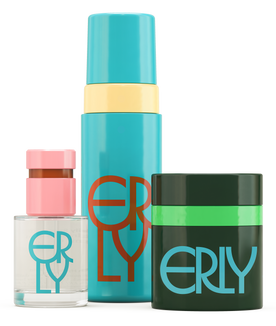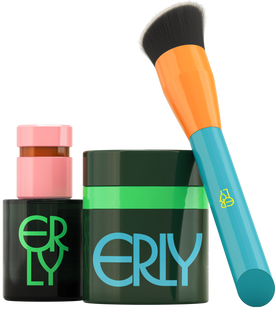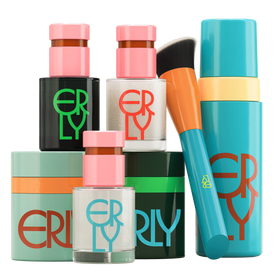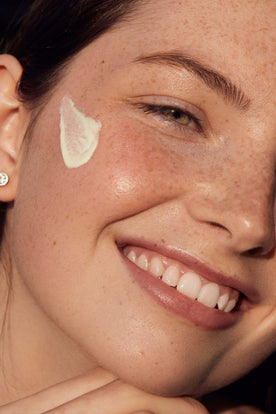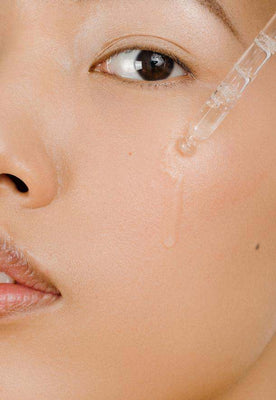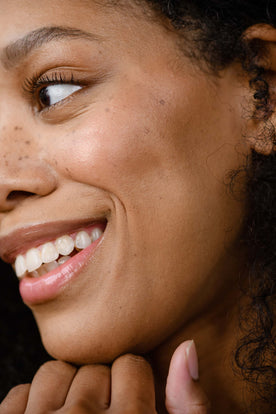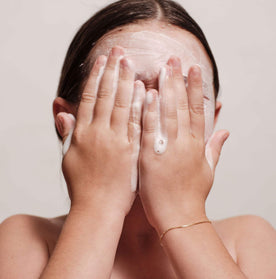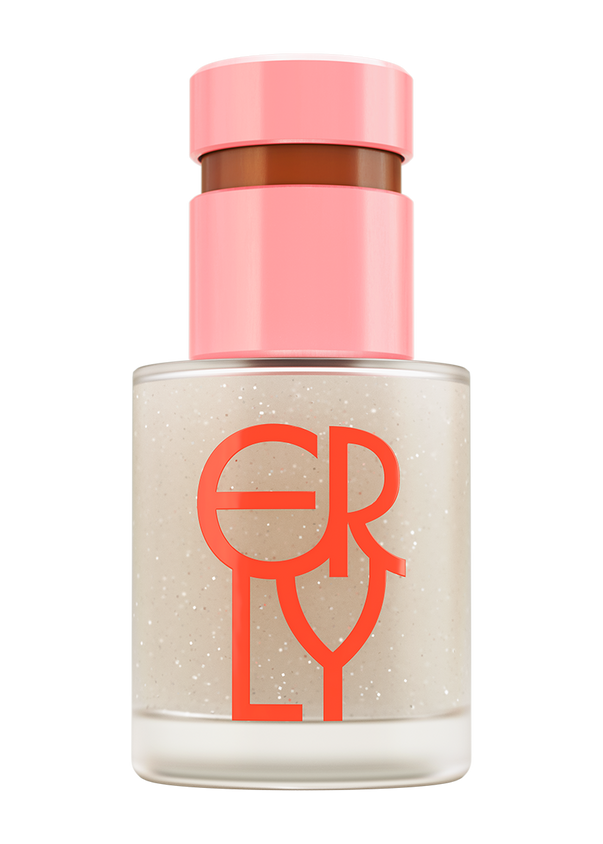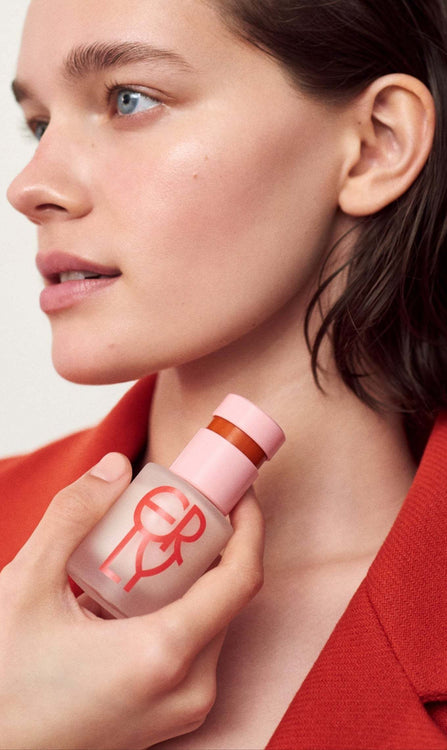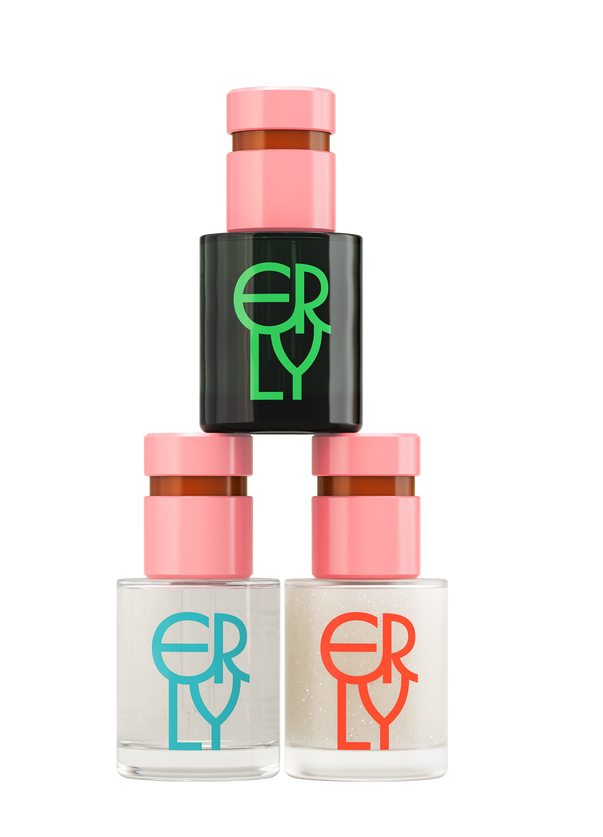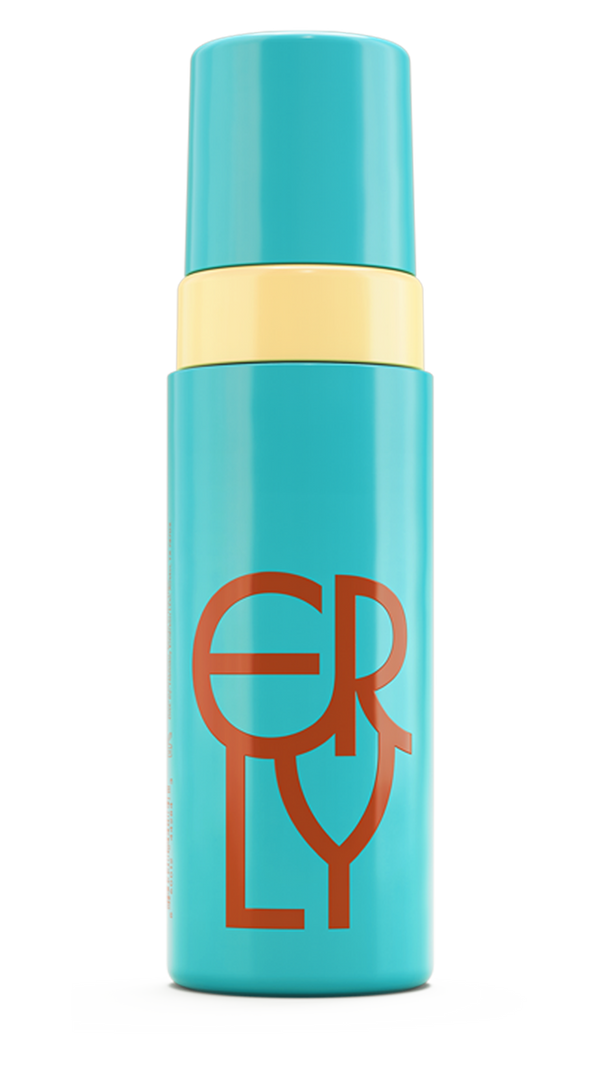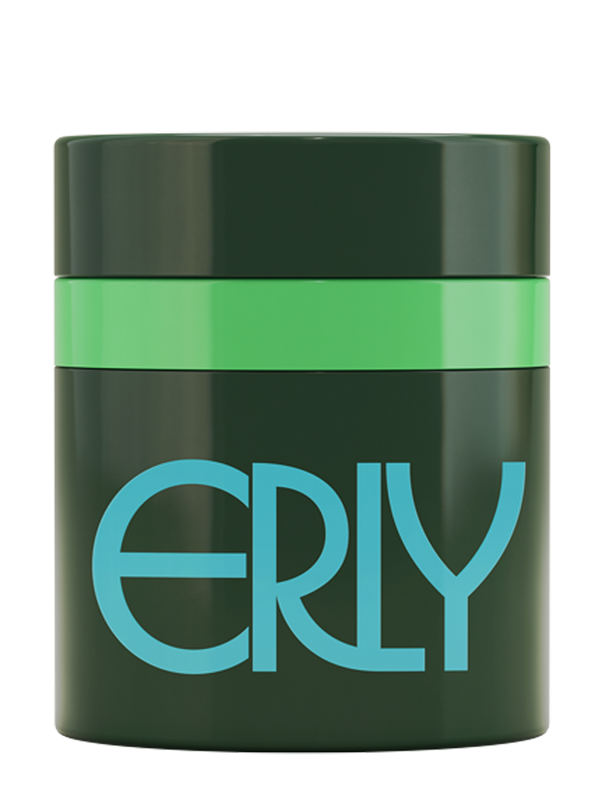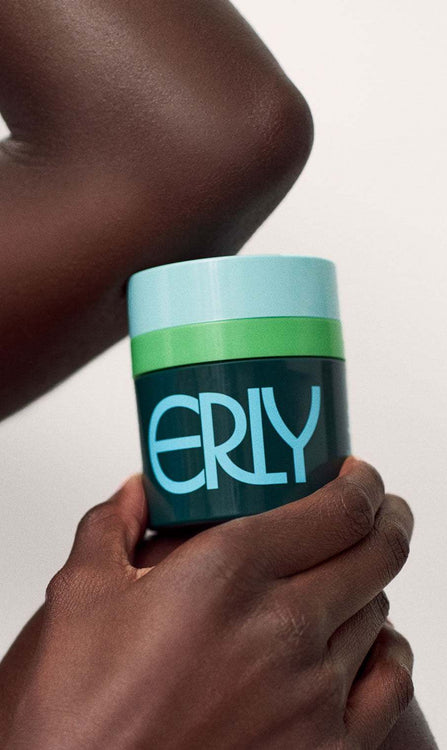Have you ever tried a new moisturizer or serum only to feel that dreaded sting the moment it touches your skin? You’re not alone. As a dermatologist, I hear this question almost daily: “Why is my skincare burning my face?” Whether you’re a parent picking up skincare for kids, a teen trying to manage breakouts, or an adult experimenting with new routines, that uncomfortable burning sensation can be confusing—and concerning.
The good news? Most of the time, burning doesn’t mean something is “wrong” with you—it’s your skin’s way of telling you it’s stressed. Let’s break down what might be happening, why it matters, and how to choose products that keep your skin happy instead of fiery.
Your Skin Barrier: Think of It Like a Brick Wall
To understand why skincare sometimes burns, let’s start with the basics. Your skin barrier is like a brick wall. The “bricks” are your skin cells, and the “mortar” holding them together is made of natural fats and proteins. This wall keeps the good stuff in (like hydration) and the bad stuff out (like irritants, allergens, and germs).
When your brick wall is strong, skincare products glide on comfortably. But if that wall gets a little cracked or weak—whether from harsh cleansers, acne treatments, or even weather changes—ingredients that are normally well tolerated can sneak through and sting. It’s like pouring lemon juice on a paper cut: the lemon juice isn’t bad, but your skin’s protective barrier is compromised, so it feels painful.
Common Culprits of Skincare Burning
There are several reasons why skincare might cause that burning sensation:
1. Irritating Ingredients
Some ingredients are powerful but can be irritating, especially for sensitive skin or younger skin. Acids such as glycolic acid and salicylic acid are good examples—they exfoliate and brighten but can also cause stinging or burning if the skin barrier is fragile or if the product concentration is too high. Retinoids and strong vitamin C serums can do the same.
2. Fragrance and Essential Oils
That “fresh” or “floral” scent in your lotion? Often it’s due to added fragrance or essential oils, which are among the top triggers for stinging and redness. For kids and teens especially, fragrance-free skincare is best to minimize unnecessary irritation.
3. Over-Exfoliation
Scrubs, peels, or exfoliating toners can give that “smooth and shiny” feeling, but when overused, they thin down your protective barrier. Imagine sanding a wooden table too much—the surface becomes raw and sensitive. The same thing can happen to skin.
4. Using Too Many Products
The skincare boom on social media has many kids and teens trying routines with six or more steps. Layering too many actives can overwhelm the skin, causing irritation instead of improvement. Sometimes, less really is more.
5. Underlying Skin Conditions
If you have eczema, rosacea, or very dry skin, you’re already working with a weaker skin barrier. These conditions make skin more reactive, so burning is more likely when you try new products.
When to Worry
Occasional mild stinging that fades quickly isn’t always cause for alarm. But if burning is intense, lingers more than a few minutes, or is paired with redness, swelling, or a rash, it’s time to stop using the product. For kids and teens, whose skin is naturally more sensitive, it’s especially important to hit pause and simplify.
If symptoms don’t improve within a few days—or if they keep happening—consult a dermatologist. Sometimes the issue is as simple as choosing gentler skincare, but in rare cases, burning can signal an allergy or an underlying skin condition that needs medical attention.
How to Calm the Burn
Think of irritated skin like a sprained ankle. The last thing you’d do is keep running on it. Instead, you’d rest, ice, and support it. Skin works the same way:
-
Stop using the irritating product. Give your skin a breather.
-
Simplify your routine. Stick to a gentle cleanser, a hydrating moisturizer, and sunscreen.
-
Avoid harsh scrubs or strong actives.
-
Choose barrier-supporting products. Look for formulas with soothing, hydrating ingredients like peptides, niacinamide, and hyaluronic acid.
This is where ERLY comes in. Our products are designed to be hypoallergenic, fragrance-free, and safe for all ages, including when we are talking about skincare for kids and skincare for teens.
ERLY Solutions for Sensitive or Burning Skin
-
ERLY Face Foam Gentle Cleanser
Think of this as the softest foamy hug for your skin. Unlike harsh foaming cleansers that strip your natural oils, ERLY Face Foam cleans without compromising your skin’s brick wall. -
ERLY Daily Soothe with Niacinamide
Niacinamide is like a repairman for your skin barrier—it strengthens, calms redness, and reduces irritation. ERLY Daily Soothe is perfect when your skin feels reactive or easily irritated, making it go-to skincare for kids, teens, and adults alike. -
ERLY Start Moisturizer with SPF 40
Sun protection is non-negotiable, but many sunscreens sting sensitive skin. ERLY Start is mineral-based with zinc oxide and peptides, which not only defend against UV but also support skin health without the burn.
By sticking with simple, supportive products like these, you can keep your routine gentle and effective without risking irritation.
The Science of Repair: Why Niacinamide and Peptides Help
Niacinamide
Also known as vitamin B3, niacinamide helps boost ceramide production—the “mortar” in your skin barrier. More ceramides mean fewer cracks in the wall and less chance for stinging.
It also reduces inflammation, which makes it ideal for irritated, breakout-prone, or redness-prone skin. For skincare for teens, niacinamide calms acne without harshness. For skincare for kids, it’s gentle enough for daily use.
Think of niacinamide as both a firefighter (calming irritation) and a construction worker (repairing the barrier).
Peptides
Peptides are short chains of amino acids that act like messengers, telling your skin to repair and strengthen itself. Some peptides boost collagen, while others directly reinforce the skin barrier.
If our brick wall analogy continues, peptides are like skilled contractors patching up weak spots while making the wall sturdier for the future. For kids and teens, peptides provide gentle, protective benefits without irritation. For adults, they also support anti-aging.
A Word on Skincare for Kids and Teens
As tempting as it is for kids and teens to copy elaborate routines from TikTok or YouTube, their skin has very different needs than adults. Young skin is already naturally plump, hydrated, and full of collagen. What it really needs is protection and balance, not high-powered anti-aging serums.
For skincare for kids and skincare for teens, the safest path is:
-
A gentle cleanser (like ERLY Face Foam)
-
A daily moisturizer with sunscreen (like ERLY Start)
-
A calming serum if irritation or breakouts are a concern (like ERLY Daily Soothe)
That’s it. More products don’t mean better skin—just like eating more vitamins doesn’t make you healthier, it can actually cause problems.
The Bottom Line
If your skincare is burning your face, it’s usually a sign that your skin barrier needs a little extra TLC. Whether you’re dealing with skincare for kids, skincare for teens, or your own adult routine, the solution is almost always the same: simplify, choose gentle and fragrance-free products, and focus on strengthening your skin’s natural defenses.
Your skin isn’t supposed to hurt. With the right approach—and the right products—you can get back to that calm, comfortable, healthy glow.
